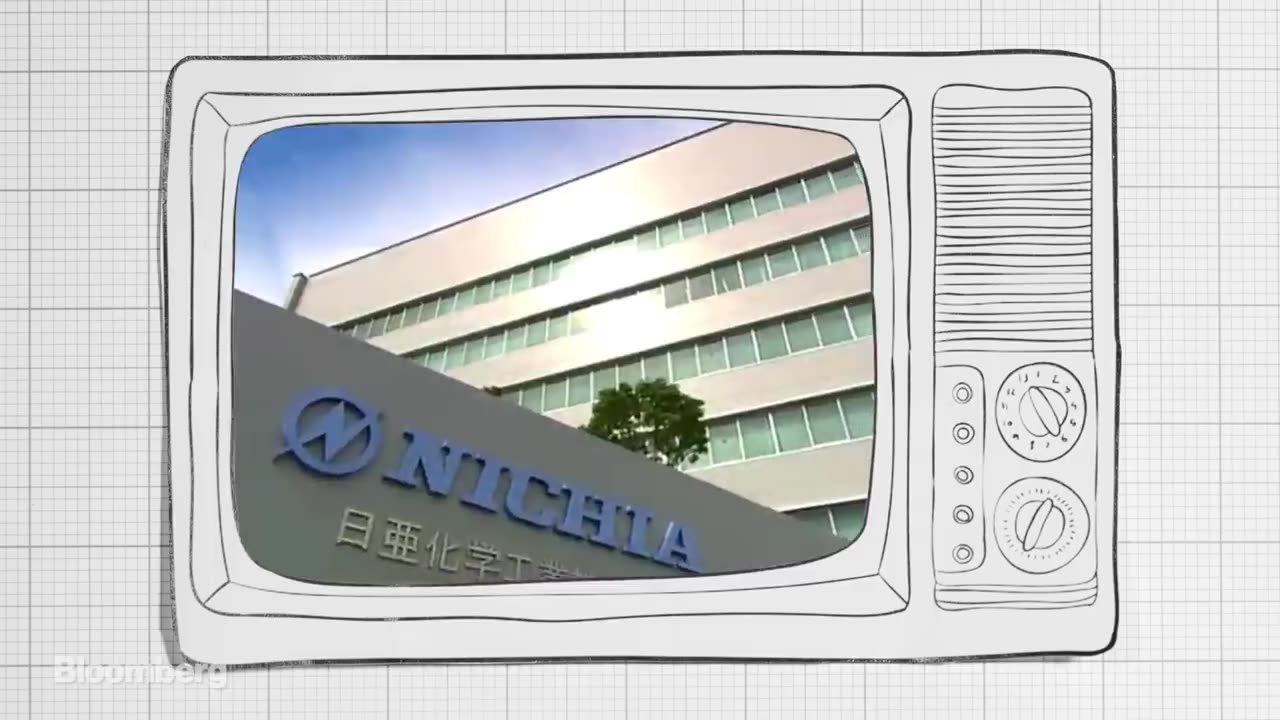Premium Only Content

How Blue LEDs Changed the World
Blue LEDs have had a profound impact on various aspects of technology and everyday life, leading to significant changes in the world. Here are some ways blue LEDs have made a difference:
Energy-Efficient Lighting: Blue LEDs, when combined with phosphors, enabled the creation of white LED lighting. White LEDs are highly energy-efficient compared to traditional incandescent and fluorescent lights. They consume much less power and have a longer lifespan, leading to reduced energy consumption and lower electricity bills for consumers and businesses alike.
Environmental Benefits: The widespread adoption of LED lighting, made possible by blue LEDs, has environmental benefits. LED lights produce significantly less greenhouse gas emissions compared to incandescent and fluorescent lights. They also contain no harmful substances like mercury, which is present in fluorescent lamps.
Display Technology: Blue LEDs played a crucial role in the development of high-definition displays, including LED-backlit LCD displays and OLED (organic light-emitting diode) displays. These displays offer vibrant colors, high contrast ratios, and low power consumption, enhancing the viewing experience for users of televisions, computer monitors, smartphones, and other electronic devices.
Health and Safety Applications: Blue LED technology has been incorporated into various health and safety applications. For instance, blue LEDs are used in dental curing lights for curing dental composites, in sterilization equipment for disinfection purposes, and in phototherapy devices for treating skin conditions like acne and psoriasis.
Communications and Data Transfer: Blue LEDs have also revolutionized data communication and transfer technologies. They are used in optical fiber communication systems for transmitting data over long distances at high speeds. Blue LEDs, along with lasers, serve as light sources in fiber optic networks, enabling fast and reliable internet connections and telecommunications.
Scientific and Research Applications: Blue LEDs have opened up new possibilities in scientific research and experimentation. They are used in microscopy, fluorescence imaging, and spectroscopy applications for studying biological samples, materials, and chemical reactions with high precision and sensitivity.
In summary, blue LEDs have transformed various industries and aspects of everyday life by enabling energy-efficient lighting, enhancing display technology, advancing health and safety applications, improving communications and data transfer, and facilitating scientific research and innovation. Their invention and widespread adoption have contributed to a more sustainable and technologically advanced world.
-
 LIVE
LIVE
Barry Cunningham
2 hours agoPRESIDENT TRUMP IS ANGRY TODAY! CEASEFIRE IS BACK ON AND OTHER NEWS!
2,305 watching -
 LIVE
LIVE
Winston Marshall
1 hour agoHistorian Reveals Why Peace Has Been Impossible: Israel & Iran w/ Dr Benny Morris
751 watching -
 1:13:29
1:13:29
Russell Brand
3 hours ago“They Don’t Know What The F*CK They're Doing!" Trump SLAMS Israel&Iran for Breaking Ceasefire -SF602
158K85 -
 DVR
DVR
Sean Unpaved
2 hours agoRivalries, Agitators, and Regrets: The Key to Feuds, Dillon Brooks' Impact & the Ultimate Do-Over
20.4K1 -
 LIVE
LIVE
Viss
2 hours ago🔴LIVE - Learn The Tactics You Need To Dominate Battle Royale - PUBG
157 watching -
 2:37:37
2:37:37
The Confessionals
2 hours agoHe Caught the Aliens Returning His Brother After His Abduction (They Screwed Up Bad)
4.2K1 -
 1:04:37
1:04:37
Timcast
3 hours agoTrump SLAMS Democrats Over IMPEACHMENT After CEASEFIRE Holds
183K204 -

Simply Bitcoin
3 hours ago $1.18 earnedWW3 CANCELLED: $250,000 By 2026 CONFIRMED!! | EP 1273
15.4K -
 1:57:39
1:57:39
Steven Crowder
5 hours ago🔴 You've Been Lied To
461K434 -
 1:02:29
1:02:29
The Rubin Report
4 hours agoTrump Goes in Expletive-Filled Tirade Over Israel & Iran Messing Up Ceasefire Agreement
137K60